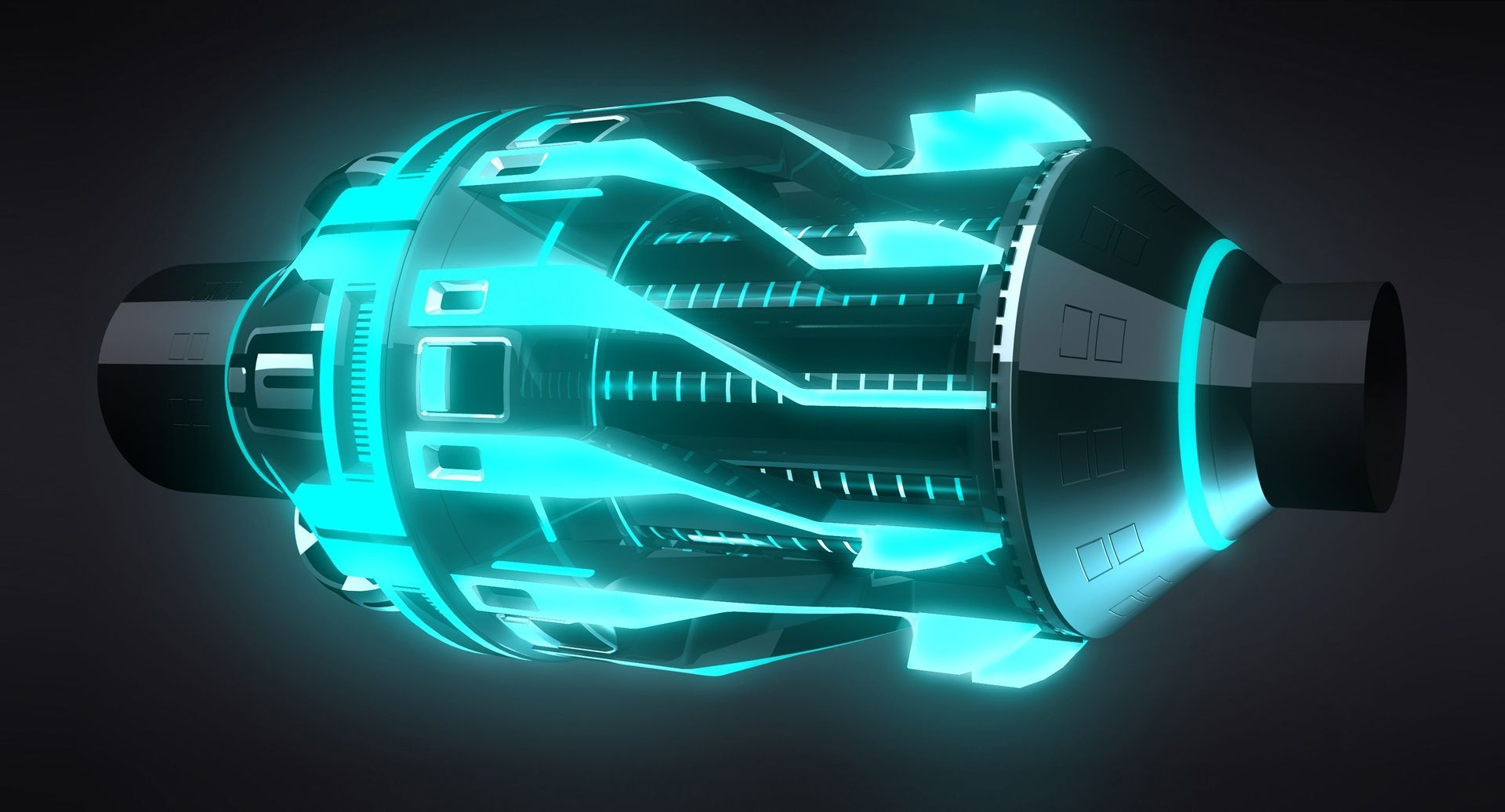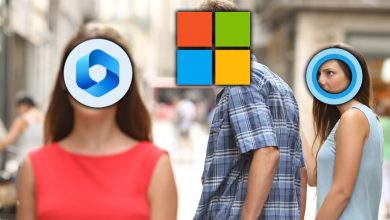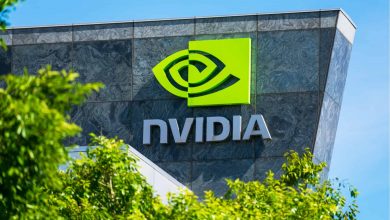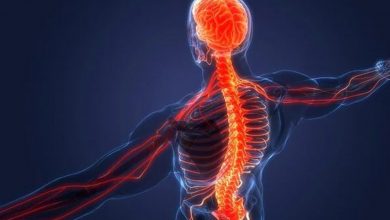Abstract: The realm of technology has witnessed an unprecedented transformation, with human-machine interaction at the forefront of this evolution. This article delves into the multifaceted landscape of human-machine interaction (HMI) and the critical role of interface design in facilitating seamless communication between users and technology. By exploring the principles, challenges, and future prospects of HMI and interface design, this article provides insights into how this dynamic field is shaping the way we interact with and benefit from modern technology.
Introduction: As technology continues to advance, the way we interact with machines has become increasingly integral to our daily lives. Human-machine interaction (HMI) encompasses a range of experiences, from traditional physical interfaces to cutting-edge augmented reality systems. This article examines the profound impact of HMI and interface design on user experiences, technological integration, and the potential for innovation.
Importance of Interface Design:
- User-Centered Approach: Interface design prioritizes the needs, preferences, and cognitive processes of users, ensuring intuitive and efficient interactions with technology.
- Efficiency and Productivity: Well-designed interfaces streamline tasks and processes, enhancing user efficiency and productivity.
- Engagement and Satisfaction: Intuitive and visually appealing interfaces lead to higher user engagement and satisfaction, fostering positive relationships between users and technology.
Types of Human-Machine Interaction:
- Graphical User Interfaces (GUIs): Traditional interfaces that use visual elements such as buttons, icons, and menus to facilitate interaction.
- Voice User Interfaces (VUIs): Interfaces that rely on voice commands for interaction, encompassing virtual assistants and smart speakers.
- Gesture-Based Interfaces: Interfaces that interpret physical gestures, such as hand movements, to control and navigate technology.
- Touchscreen Interfaces: Interfaces that enable touch-based interactions on devices like smartphones, tablets, and interactive displays.
Challenges in Human-Machine Interaction:
- Cognitive Load: Designing interfaces that minimize cognitive load and information overload is crucial for enhancing user experience.
- Cross-Platform Consistency: Ensuring a consistent and seamless experience across different devices and platforms presents a design challenge.
- Accessibility and Inclusivity: Designing interfaces that cater to users with diverse abilities and needs is essential for inclusive technology adoption.
Future Trends and Innovations:
- Augmented Reality (AR) and Virtual Reality (VR): AR and VR technologies offer new dimensions of interaction, enabling users to immerse themselves in digital environments.
- Natural Language Processing (NLP): NLP advancements are enhancing voice-based interactions, enabling more natural and context-aware conversations.
- Emotion Detection: Interfaces that can detect and respond to users’ emotional cues are paving the way for emotionally intelligent technology.
Human-machine interaction and interface design are central to the evolving landscape of technology integration. By focusing on user-centered design, embracing emerging technologies, and addressing challenges, designers and technologists can create interfaces that bridge the gap between users and technology, enriching our lives and shaping the future of human-machine interaction. As innovation continues to drive this field forward, the potential for creating intuitive, engaging, and transformative user experiences remains limitless.
The Role of Future Machines: Navigating a Technological Landscape
Abstract: The rapid advancement of technology is reshaping industries, economies, and societies at an unprecedented pace. This article delves into the transformative potential of future machines and their anticipated roles in various aspects of human life. By exploring key technological trends, potential applications, and ethical considerations, this article provides insights into the dynamic relationship between humans and machines and how society can prepare for the inevitable changes ahead.
Introduction: The trajectory of technological innovation is steering humanity toward a future where machines will assume increasingly significant roles. This article examines the evolving landscape of technology and anticipates the ways in which future machines will impact industries, reshape professions, and alter the fabric of daily life.
Technological Trends and Applications:
- Artificial Intelligence (AI): AI-powered machines will revolutionize data analysis, decision-making, and predictive modeling across sectors, from healthcare to finance.
- Autonomous Systems: Self-driving cars, drones, and robotic assistants will transform transportation, logistics, and daily errands, enhancing efficiency and reducing human intervention.
- Quantum Computing: Quantum machines hold the potential to revolutionize computing power, solving complex problems with unparalleled speed and precision.
- Biotechnology and Health: Future machines could enable personalized medicine, gene editing, and advanced diagnostic tools, enhancing healthcare outcomes.
- Environmental Sustainability: Machines powered by renewable energy sources may drive innovative solutions to climate change, pollution, and resource management.
Impact on Industries and Professions:
- Automation and Job Disruption: Machines could automate routine tasks, leading to job displacement in some sectors while creating new opportunities in others.
- Collaborative Workspaces: Human-machine partnerships could become the norm, with machines augmenting human skills and enabling more creative problem-solving.
- Education and Skill Development: The integration of machines into education could lead to personalized learning experiences and skill development tailored to individual needs.
Ethical Considerations and Societal Implications:
- Ethical AI: Ensuring that AI-driven machines adhere to ethical guidelines and respect human values is crucial to prevent unintended consequences.
- Data Privacy: Balancing data-driven advancements with individual privacy rights is a challenge that must be addressed to foster trust in future machines.
- Human-Machine Relationships: Navigating the boundaries between human agency and machine control raises questions about accountability and decision-making.
Preparation and Adaptation:
- Reskilling and Upskilling: A focus on continuous learning and skill development will prepare individuals for the changing nature of work.
- Regulatory Frameworks: Governments and organizations must collaborate to establish regulatory frameworks that ensure the responsible development and deployment of future machines.
- Societal Dialogue: Engaging in open discussions about the ethical, societal, and economic implications of future machines is essential for informed decision-making.
Future machines are poised to play an integral role in shaping the trajectory of human progress. Embracing these advancements while addressing ethical considerations and societal implications requires proactive collaboration between stakeholders. By harnessing the potential of future machines responsibly and preparing individuals and organizations for the changes ahead, society can navigate this transformative technological landscape with wisdom, innovation, and a commitment to human well-being.


















